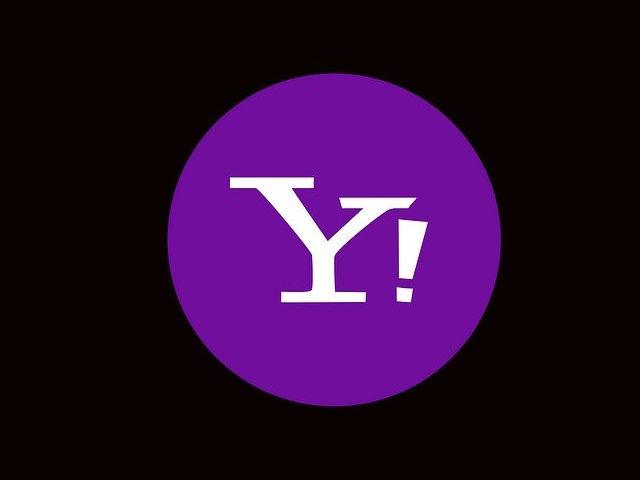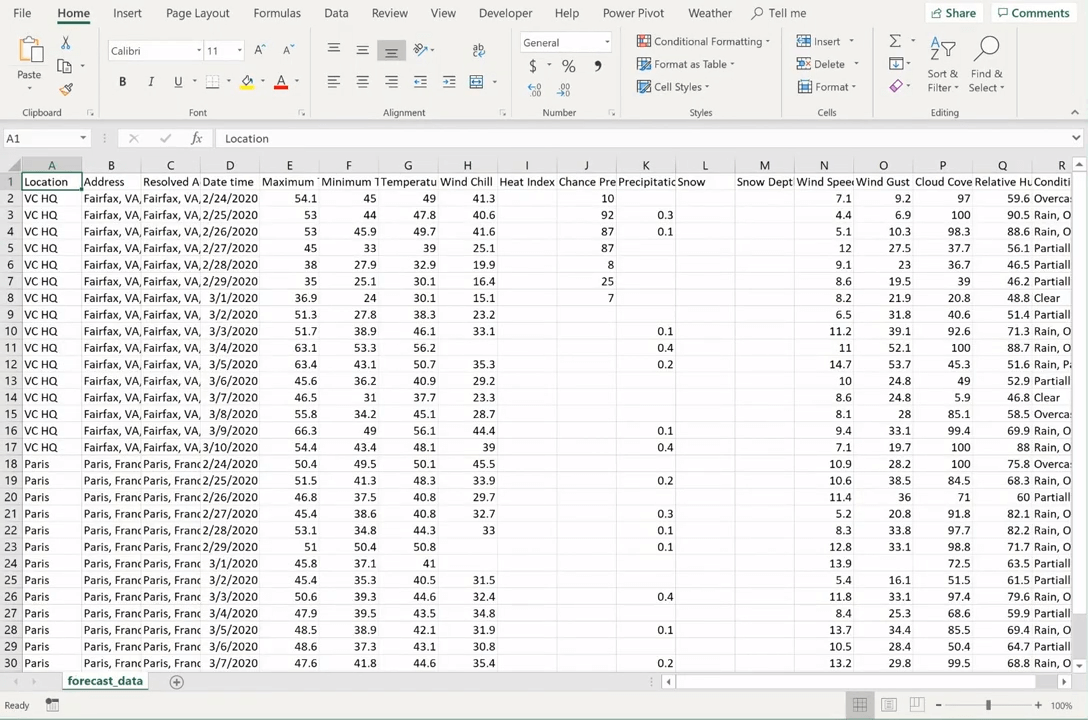What is the difference between rain, sleet, snow and ice precipitation types?
The weather data returned by the Visual Crossing Weather API and Data Query Builder includes both the amount of precipitation and also the type of precipitation that occurred or is forecast to occur. In this article, we discuss the exact difference between the possible precipitation types that you may encounter. Where to find the precipitation …
Continue reading “What is the difference between rain, sleet, snow and ice precipitation types?”
How your data is used within Visual Crossing
Your private and confidential data is a very important asset, and Visual Crossing takes great care to ensure that any confidential data entrusted to us stays completely confidential. A key tenet of our data protection regimen is that we always work with the minimum amount of confidential data possible and use it only for the …
Continue reading “How your data is used within Visual Crossing”
What is a Weather API?
A weather API is an Application Programming Interface that allows weather data to be queried from scripts and code. Good weather APIs provide both historical weather data and forecast data via an easy-to-use, well-defined programming interface. The best APIs have dozens of weather measures, near-real-time current conditions reporting, and decades of worldwide historical weather reports. …
Weather Data Documentation
The Visual Crossing Weather Data platform provides the ability to easily access weather data sets including weather forecast data, weather history data and historical weather summary data. The data is available for download through the Weather Data Query Page and the Timeline Weather API. Core weather columns These columns are common to most weather data sets unless disabled. …
Replacing the Yahoo Weather API
Visual Crossing is the perfect replacement for the Yahoo Weather API offering up to 1000 free results a day and full access to forecast and historical data.
How to schedule weather data queries
In many cases, it is very useful to be able to schedule a weather query to run for you periodically and then deliver the latest data directly into your analysis. Imagine having the forecast for all of your business locations updated fresh each morning in your Excel sheet right before your planning meeting? Consider a …
Replacing the Weather Underground API
This article provides a step-by-step guide to replacing the Weather Underground API with the Visual Crossing Timeline Weather API. The Timeline Weather API offers a generous free daily API limit and a simple JSON response that is easily used in any existing application or script. This makes the Timeline API, the perfect replacement for the …
How to use historical weather data to forecast the weather for any day of the year.
When we need to know what will happen with the weather in the next couple of weeks, we can turn to the traditional weather forecast. The standard weather forecasts are based around computer models that simulate what will happen with the weather over the next few weeks. But what happens when you aren’t interested in the next …
How can I download weather forecast data as a CSV file?
In this article, we will show you how to easily download forecast weather data as a standard CSV file that can be imported into thousands of data analysis and storage applications such as business intelligence systems, visualization tools, statistical analysis packages, and databases. If you would like to download weather history data as a CSV, …
Continue reading “How can I download weather forecast data as a CSV file?”
How to use cURL to download weather data
Visual Crossing’s weather Query Builder makes it easy to build weather API queries and download result data for any date or time period. However, in some use cases you need to move beyond a web-based interface and automate your weather data retrieval. While this is easy to do if you are a coder or scripter, …







